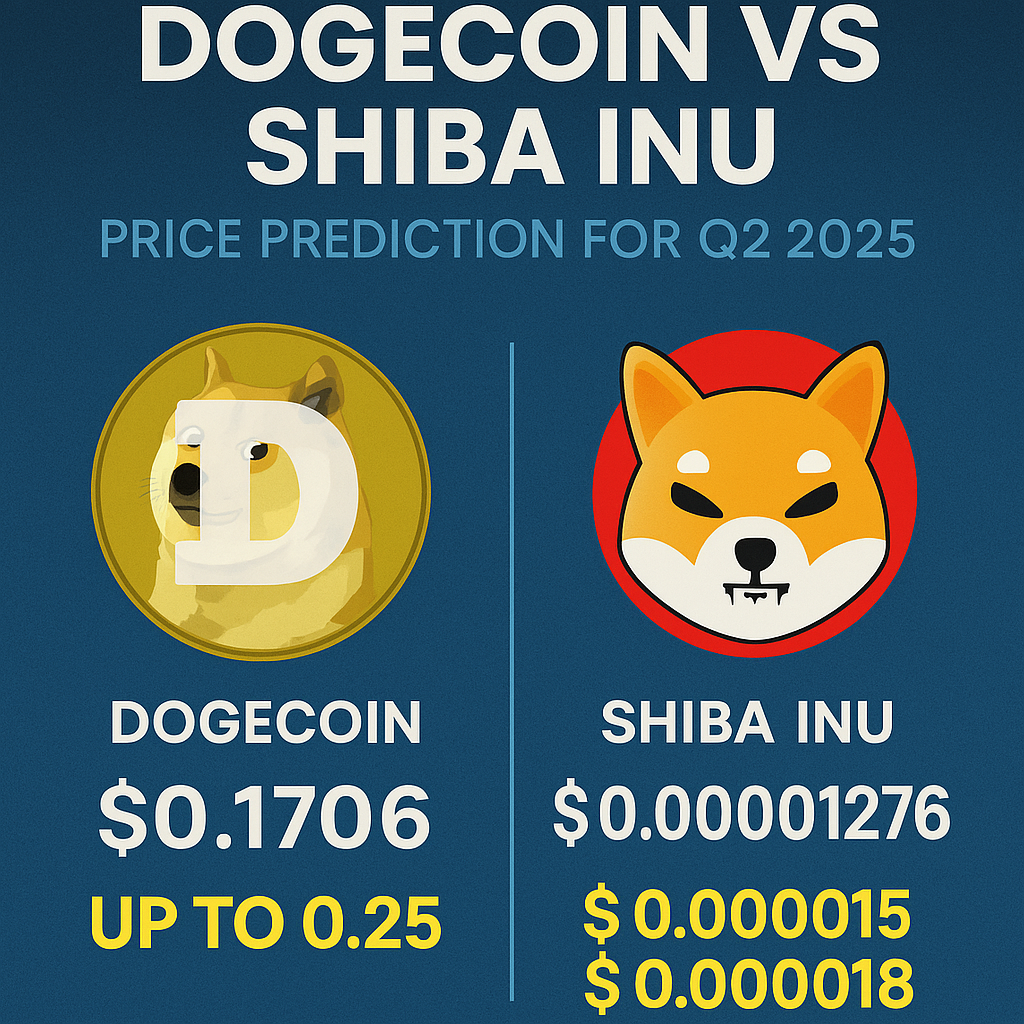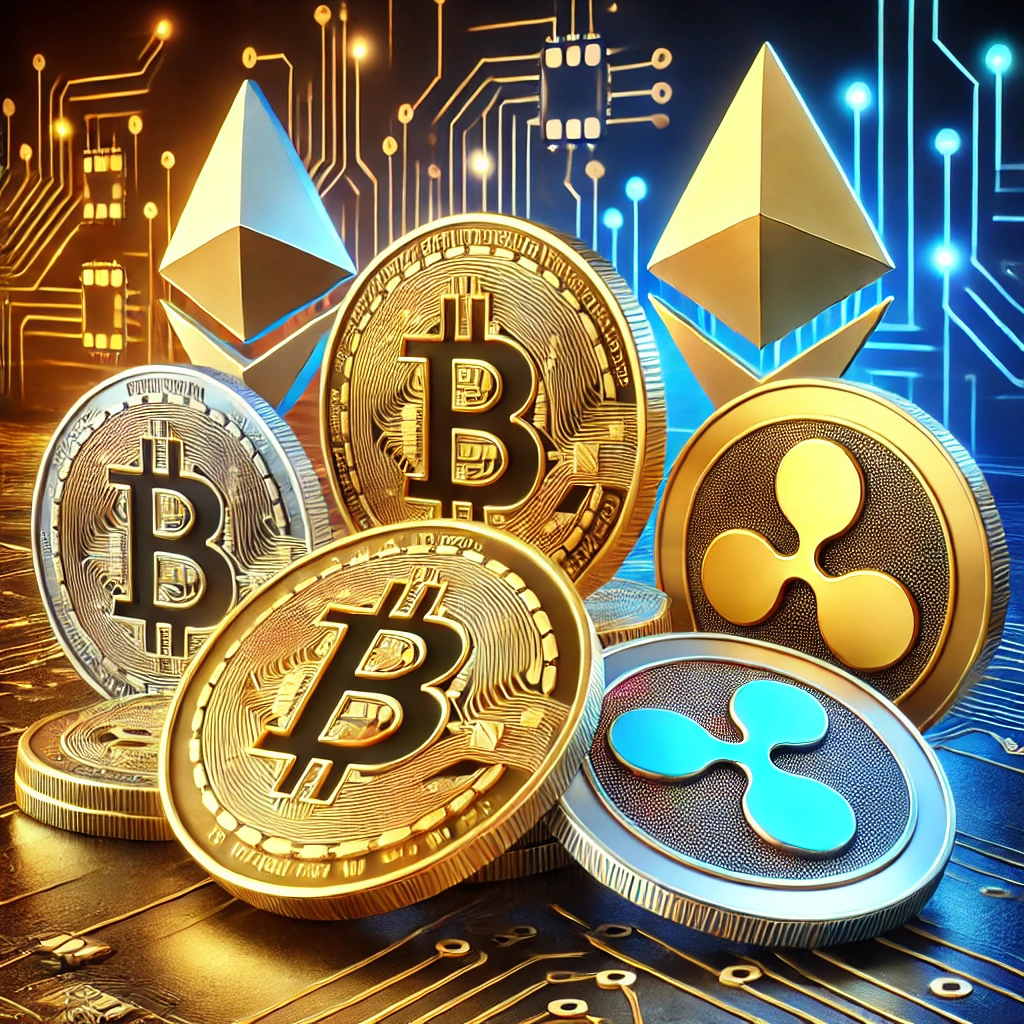In 2025, the play-to-earn (P2E) gaming industry continues to evolve, attracting millions of gamers and investors worldwide. Crypto games now form a vital part of the decentralized economy. These platforms reward users for participation and achievement, blending entertainment with real-world earnings. As blockchain infrastructure matures and adoption grows, play-to-earn games redefine how people perceive work, leisure, and finance.
What Are Play-to-Earn Games?
Play-to-earn games operate on blockchain technology and reward players with cryptocurrency or NFTs for engaging in gameplay. These games allow players to earn digital assets by completing missions, winning battles, trading characters, or crafting items. Unlike traditional games where rewards remain locked within the ecosystem, P2E games offer tradable, real-world value.
Most of these games run on Ethereum, Solana, BNB Chain, and Polygon networks. Players often use wallets like MetaMask or Phantom to store their earnings. Smart contracts govern the game’s logic, ensuring transparency and fairness.
Why Play-to-Earn Games Matter in 2025
In 2025, P2E games play a bigger role in financial inclusion, especially in developing countries. Many gamers in Southeast Asia, Africa, and Latin America earn a living by playing these games. The combination of income and entertainment attracts a diverse demographic.
Game developers now focus more on gameplay quality. Earlier P2E models relied heavily on earning potential, leading to unsustainable ecosystems. In 2025, most top games emphasize balanced economies, engaging narratives, and fun gameplay loops.
Top Play-to-Earn Games in 2025
- Axie Infinity: Origins 2.0 Sky Mavis revamped the Axie Infinity franchise in 2025 with Origins 2.0. The new version offers faster battles, better graphics, and improved Axie breeding mechanics. Axie Infinity now supports free-to-play options that convert casual gamers into earners gradually. The native token AXS and in-game currency SLP regained stability through updated tokenomics.
- Illuvium Illuvium combines open-world exploration with auto-battler combat. Players capture creatures known as Illuvials and battle them for rewards. In 2025, Illuvium introduced guild systems, PvP tournaments, and seasonal battle passes. ILV, the governance token, retains value as players stake it for in-game perks and voting rights.
- Gods Unchained This trading card game continues to dominate the blockchain TCG space. Players collect NFT-based cards and battle in strategy duels. Immutable X ensures zero gas fees for trades. Gods Unchained now features esports tournaments with large prize pools funded by GU token burns and sponsors.
- Star Atlas Star Atlas represents a massive multiplayer metaverse built on Solana. Players explore space, mine resources, and form alliances. In 2025, Star Atlas introduced real-time combat and decentralized governance. The ATLAS and POLIS tokens serve economic and political roles, respectively.
- Big Time Big Time offers action RPG gameplay with time-traveling adventures. Players collect cosmetic NFTs, defeat bosses, and trade rare items. The introduction of seasonal content and time-based missions keeps players engaged. Big Time Studios monetizes through NFT drops rather than pay-to-win mechanics.
Earning Mechanisms in 2025
Players earn in P2E games through various channels:
- PvE and PvP battles
- Crafting and trading NFTs
- Staking tokens for passive rewards
- Winning tournaments and leaderboards
- Completing daily missions and achievements
Top platforms optimize reward distribution by avoiding inflation. Dynamic reward pools, burn mechanisms, and seasonal resets prevent token oversupply.
Integration of AI and Blockchain
In 2025, AI enhances P2E games by personalizing missions, generating in-game content, and detecting fraudulent behavior. Developers use AI-driven economies that adjust based on player activity, market demand, and community input.
Blockchain ensures that players retain ownership of digital assets. Game items, skins, and achievements live on-chain as NFTs. Players sell or trade these assets on marketplaces like OpenSea, Magic Eden, and Fractal. Interoperability across games enables asset transfers between compatible titles.
Guilds and Community DAOs
Gaming guilds and decentralized autonomous organizations (DAOs) now play key roles in P2E ecosystems. These groups pool resources, buy game assets, and recruit players. In return, members share profits.
Guilds offer mentorship, scholarships, and revenue-sharing models. DAOs vote on game updates, economic rules, and asset allocation. Community-driven governance increases transparency and empowers users.
Challenges Facing P2E Games
Despite their growth, play-to-earn games face several challenges in 2025:
- Regulatory uncertainty: Governments continue to define rules around crypto earnings and digital asset ownership.
- Economic sustainability: Some games struggle to balance player rewards with long-term value.
- Scalability issues: Network congestion and high gas fees affect player experience.
- User acquisition: Convincing traditional gamers to switch requires strong gameplay and education.
Developers who focus on long-term engagement, token stability, and user trust find more success. Community feedback often drives updates and economic tweaks.
Future Outlook of P2E in 2025 and Beyond
The next evolution of play-to-earn focuses on skill-based rewards and hybrid monetization. Games now blend free-to-play with premium NFT access. Players choose between grinding for rewards or investing upfront.
Developers collaborate with traditional gaming studios to improve storytelling and design. Blockchain becomes a backend layer rather than the main selling point. Players stay for the gameplay and discover the benefits of ownership along the way.
Interoperability allows players to use their characters, weapons, or badges across different games. Gaming metaverses start forming interconnected digital economies. Social features like chat, voice, and community events strengthen user retention.
Education platforms also integrate P2E mechanics. Students earn tokens for completing courses or achieving high scores. These tokens unlock advanced content, tools, or even scholarships.
Investment Opportunities in P2E
In 2025, investors view P2E as a gateway to crypto exposure. Venture capital continues to flow into high-quality projects with strong teams and sustainable economies. Token staking, NFT trading, and in-game asset flipping offer multiple revenue streams.
Players and investors look beyond hype, evaluating tokenomics, developer transparency, and community strength. Projects with real utility, active roadmaps, and DAO governance attract long-term backers.
Conclusion
In 2025, play-to-earn crypto games offer more than just profit. They combine digital ownership, entertainment, and community. By embracing innovation, fair economics, and user feedback, developers build engaging and sustainable ecosystems.
Players around the world now view P2E not just as games but as opportunities. They earn, collaborate, and contribute to evolving metaverses. As the lines between gaming and finance blur, play-to-earn continues to shape the future of digital interaction and global inclusion.
ALSO READ: Dollar-Cost Averaging: Does It Really Work?




